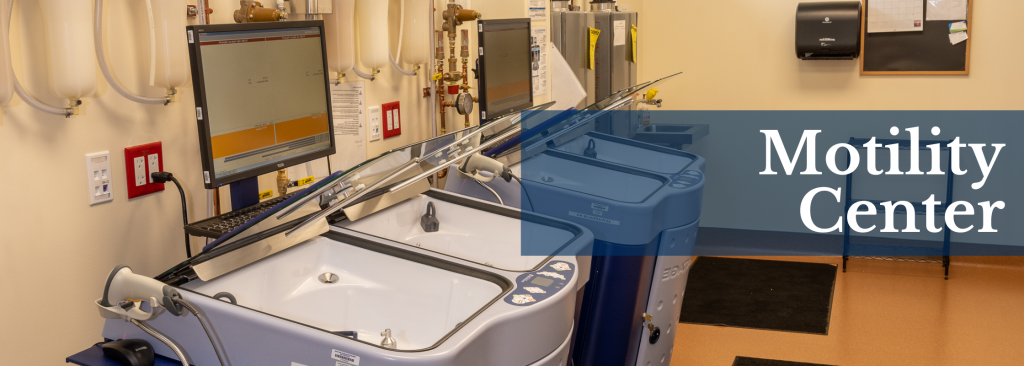
Esophageal Manometry
If you have symptoms such as difficulty swallowing or chest pain, your doctor might order an esophageal manometry. This test measures the function of the lower esophageal sphincter (the valve that prevents reflux of gastric acid into the esophagus), indicating if you are able to move food to the stomach normally.
What is esophageal manometry?
Esophageal manometry is a test used to measure the function of the lower esophageal sphincter (the valve that prevents reflux of gastric acid into the esophagus) and the muscles of the esophagus (see diagram). This test will tell your doctor if your esophagus is able to move food to your stomach normally. To know why you might be experiencing a problem with your digestive system, it helps to understand the swallowing and digestive processes.
The manometry test is commonly given to people who have:
- Difficulty swallowing
- Pain when swallowing
- Heartburn
- Chest pain
The swallowing and digestive processes
When you swallow, food moves down your esophagus and into your stomach with the assistance of a wave-like motion called peristalsis. Disruptions in this wave-like motion may cause chest pain or problems with swallowing.
In addition, the muscular valve connecting the esophagus with the stomach, called the esophageal sphincter, prevents food and acid from backing up out of the stomach into the esophagus. If this valve does not work properly, food and stomach acids can enter the esophagus and cause a condition called gastroesophageal reflux disease (GERD).
Manometry will indicate not only how well the esophagus is able to move food down the esophagus but also how well the esophageal sphincter is working to prevent reflux.
Eating and drinking
- Do not eat or drink after midnight the night before the test.
The day of the test
- You may take any antacids up until 12 midnight the night before the test.
- DO not smoke or drink alcohol after 10 pm the evening before the test.
- You will be instructed by your doctor regarding the medications you can take the morning of your procedure.
During the test
- You are not sedated. However, a topical anesthetic (pain-relieving medication) will be applied to your nose to make the passage of the tube more comfortable.
- A small, flexible tube is passed through your nose, down your esophagus and into your stomach. The tube does not interfere with your breathing. You will be seated while the tube is inserted.
- You may feel some discomfort as the tube is being placed, but it takes only about a minute to place the tube. Most patients quickly adjust to the tube’s presence. Vomiting and coughing are possible when the tube is being placed, but are rare.
- The end of the tube exiting your nose is connected to a machine that records the pressure exerted on the tube. Sensors at various locations on the tubing sense the strength of the lower esophageal sphincter and muscles of the esophagus. During the test, you will be asked to swallow a small amount of water to evaluate how well the sphincter and muscles are working. The sensors also measure the strength and coordination of the contractions in the esophagus as you swallow.
- The test will take approximately 1 – 1.5 hours.
After the test
- Your physician will notify you when the test results are available or will discuss the results with you at your next scheduled appointment.
- You may resume your normal diet and activities and any medications that were withheld for this test.
- You may feel a temporary soreness in your throat. Lozenges or gargling with salt water may help
- If you think you may be experiencing any unusual symptoms or side effects, call your doctor.
Anorectal Manometry
What is Anorectal Manometry?
Anorectal manometry is a safe diagnostic test used for evaluating disorders of the rectum and anus. The test measures pressure and sensation in the rectum and the anal sphincters (valves) that aid in the elimination of stool from the digestive tract.
Why is Anorectal Manometry performed?
The information gathered during anorectal manometry is useful to determine the cause when there is difficulty passing stool, constipation, fecal incontinence, and other diagnoses.
Prior to the test:
- Do not eat or drink anything after midnight the day prior to your test; but, you may drink water.
- If you are diabetic and have any questions about your fasting and diabetes medication, please contact your Endocrinologist or Primary Care Physician for guidance.
- You may take your morning medications with water.
- Purchase 2 saline enemas over-the-counter from any retail pharmacy and complete both two (2) hours prior to your scheduled procedure time.
How is Anorectal Manometry performed?
During the procedure:
- The test will be explained to you upon arrival.
- Because the test involves a sensitive area, we will take the upmost care in ensuring your comfort and privacy.
- You will be asked to change into a gown.
- You will be awake during the test.
- A specially trained nurse inserts a small flexible, non-latex tube (catheter) slowly through your anal sphincter into your rectum.
- During the procedure the catheter may be removed and replaced.
- You may experience discomfort during the procedure but you should not feel pain.
- Pressure is measured during the procedure by having you relax, squeeze, cough, and push.
- The procedure will take approximately 30 minutes.
- At the end of the procedure, the catheter is slowly removed.
- The results are then sent to a gastroenterologist for interpretation.
- You are safe to drive yourself after the procedure because there is no sedation or anesthesia used during the test.
After the results are interpreted, options include:
- Use or change of medications
- Dietary changes
- Muscle strengthening exercises provided by a specialist
- Surgical repair or intervention